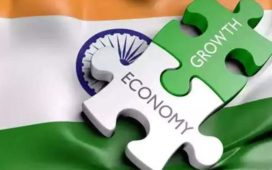
Also Read: Pollsters predict thumping win for Modi
This comes after a minor month-on-month dip in transaction volumes in April to 13.3 billion, with the network dropping 1% from 13.44 billion in March. The average daily transaction amount stood at ₹65,966 crore and average daily transaction count was 453 million for May, reflecting a 49% year-on-year growth. UPI is the fastest growing digital payments channel in the country.
Extending Rural Reach
Both NPCI and the Reserve Bank of India (RBI) are exploring more use cases for the payment mode and extending its reach into the rural economy. ET had on May 15 reported that RBI and banks are aiming to encourage beneficiaries of the government’s direct benefit transfer (DBT) schemes to conduct their routine transactions on the UPI platform. NPCI is also onboarding district cooperative banks and rural cooperative banks on to offer digital payment services to their predominantly rural customer base, many of whom are DBT beneficiaries.
This also coincides with the rising concern over the dominance of two players, Walmart-backed PhonePe and Google Pay. As of April, PhonePe had a market share of 48.86% by volume, followed by Google Pay with 37.7%.
On April 16, ET had eported that NPCI is encouraging several new third-party payment apps to invest and incentivise consumers.
In December 2022, NPCI extended by two years the deadline for third-party UPI players to comply with its 30% volume cap in digital payment transactions. RBI and NPCI are also expanding the presence of UPI to other global regions as well. The RBI, along with NPCI, plans to introduce UPI in 20 countries with an initial timeline of 2024-25 and completion timeline of 2028-29.
Currently, besides India, UPI is available in countries such as Singapore, France, the UAE, the UK, Malaysia, Sri Lanka, Nepal, and Mauritius.











